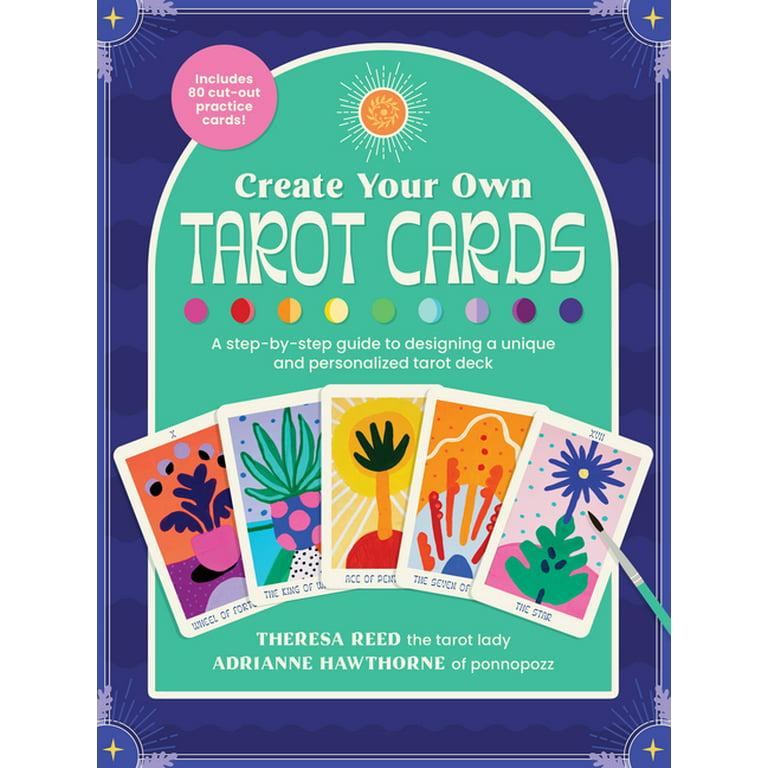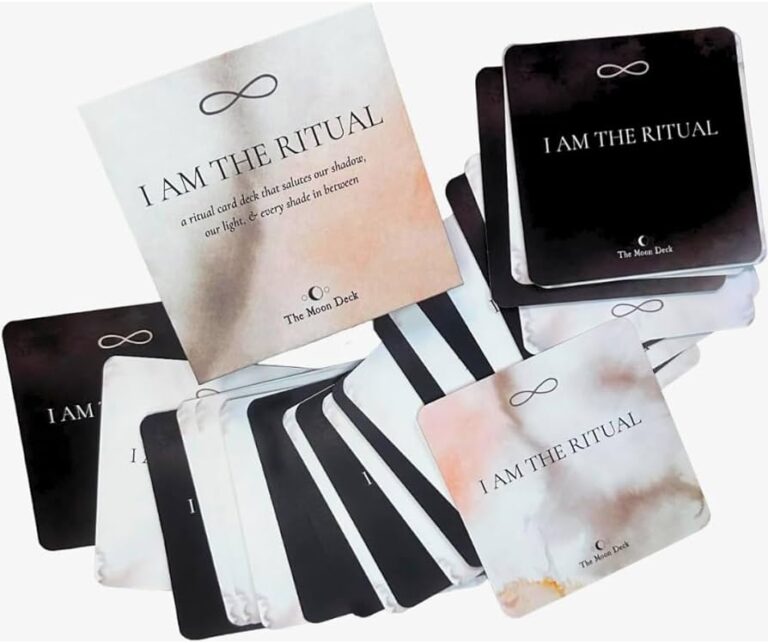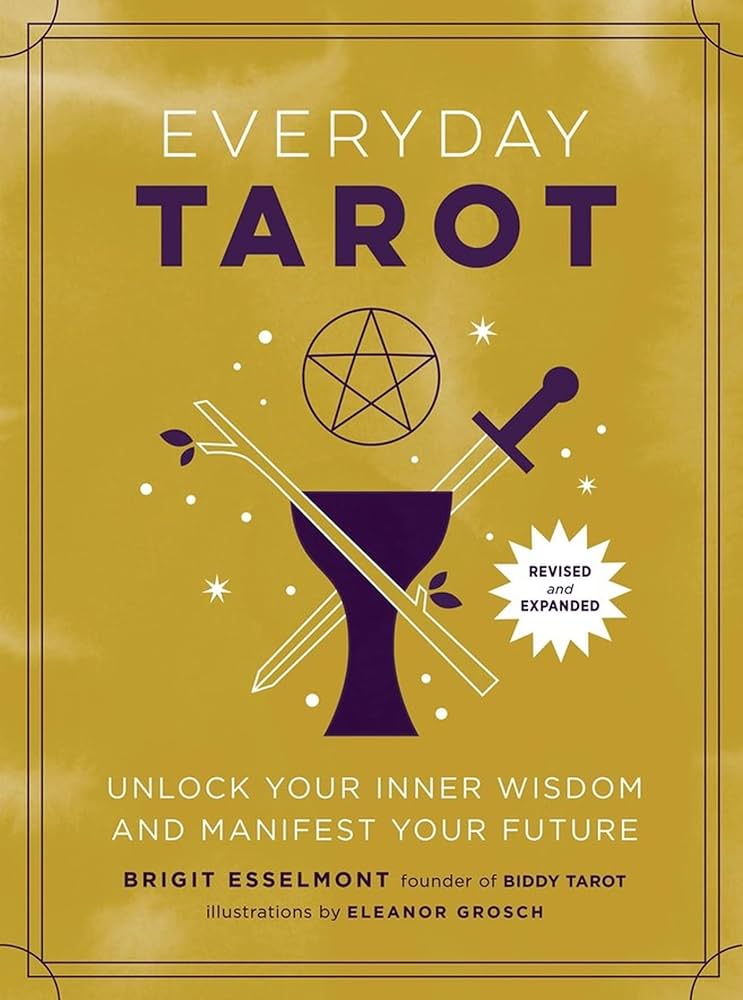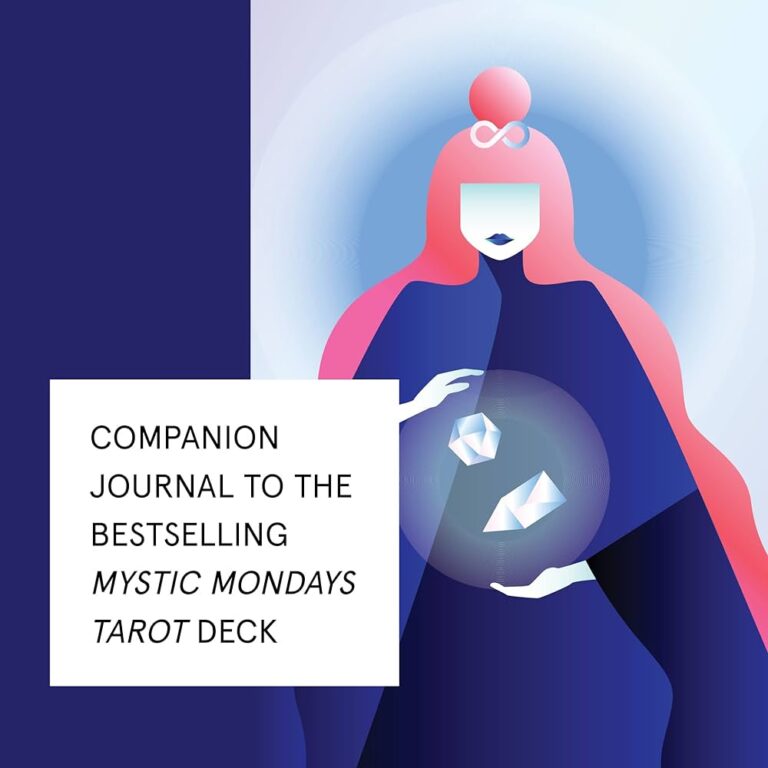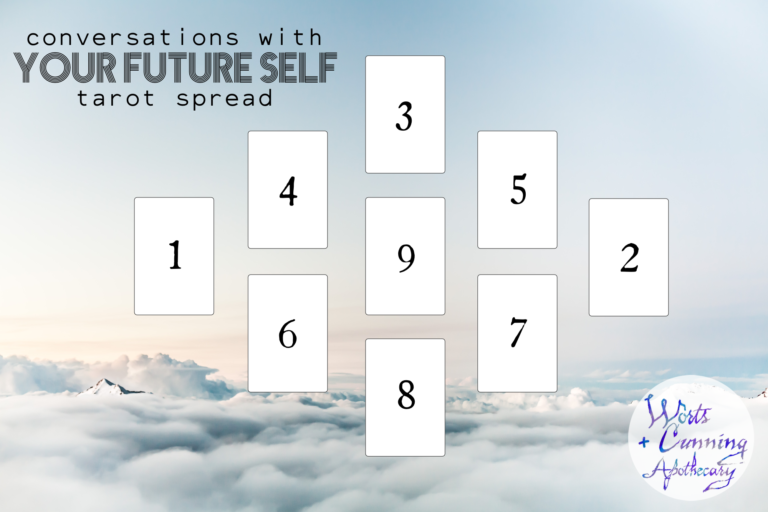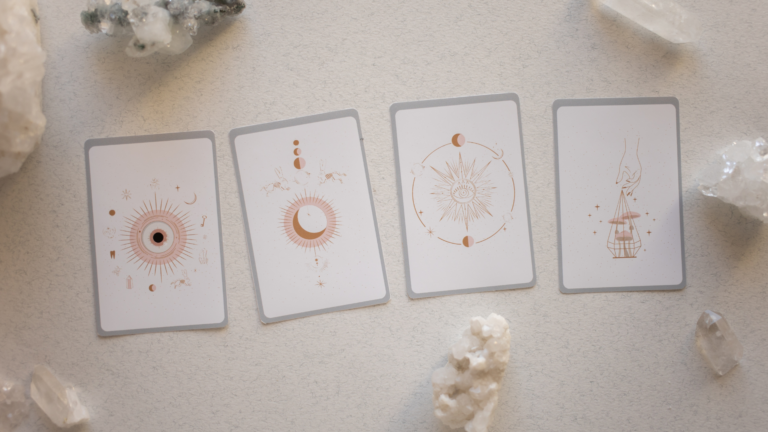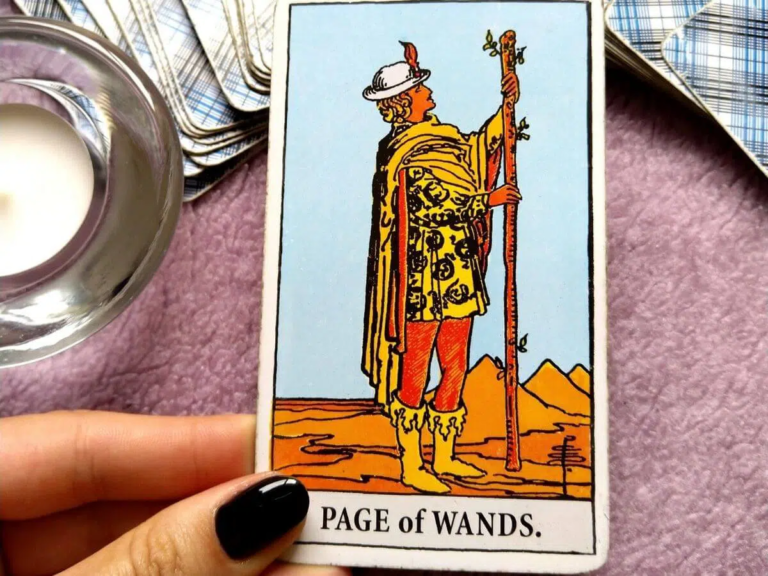How to Design a Tarot Deck: Step-by-Step Guide
To design a tarot deck, set an intention, start with a concept, pick an art style, and get to work. Remind yourself to look at the big picture and do a test run before finalizing your design.
Once you have your test deck, use it for readings and make necessary adjustments. Designing a tarot deck is a creative and fulfilling endeavor that allows you to bring your unique vision to life. Whether you’re a tarot enthusiast or an artist looking to explore new horizons, designing a tarot deck can be a rewarding experience.
However, it requires careful consideration and attention to detail to create a deck that resonates with both yourself and potential users. In this guide, we will explore the essential steps to design a tarot deck, from setting an intention to creating the artwork and testing the deck. By following these steps, you can design a tarot deck that is not only visually striking but also meaningful and insightful for tarot enthusiasts around the world.
Understanding The Basics
Designing a tarot deck can be an exciting and fulfilling creative endeavor. Understanding the basics of tarot deck design is essential to ensure that your deck is not only aesthetically pleasing but also aligns with the core principles of tarot reading. In this section, we will explore what a tarot deck is, its components, and the reasons why designing your own deck can be a rewarding experience.
What Is A Tarot Deck?
A tarot deck is a set of 78 cards that are traditionally used for divination and spiritual guidance. Each card in the deck represents a specific archetype, symbol, or concept. Tarot readings involve drawing cards from the deck and interpreting their meanings to gain insights into various aspects of life, including love, career, and personal growth.
Components Of A Tarot Deck
A standard tarot deck consists of 78 cards, divided into two main groups:
- Major Arcana: This group comprises 22 cards that represent powerful archetypal energies and significant life events. Each card in the Major Arcana has a unique title and depicts a particular scene or symbol.
- Minor Arcana: The Minor Arcana consists of 56 cards, further divided into four suits: Wands, Cups, Swords, and Pentacles. Each suit represents a specific element and various aspects of life, such as emotions, intellect, and material resources.
Within each suit, there are ten numbered cards (Ace to Ten) and four court cards (Page, Knight, Queen, and King). These cards symbolize different stages, energies, and personalities within the suit.
Why Design Your Own
Designing your own tarot deck offers a multitude of benefits and creative opportunities. Here are a few reasons why you might consider designing your own tarot deck:
- Uniqueness: By creating your own deck, you have the chance to infuse it with your personal style, symbolism, and interpretations. This uniqueness can make your deck more resonant and captivating for both yourself and others.
- Personal Connection: Designing your own deck allows for a deep connection to the cards and their meanings. As you pour your creativity into each card, you cultivate a profound understanding of their symbolism and how they relate to your own experiences.
- Intentional Design: Customizing every aspect of your deck, from the artwork to the color palette, gives you the opportunity to align every detail with your specific intentions and goals.
- Empowerment: Creating a tarot deck empowers you to become an active participant in the tarot community and contribute to its ever-expanding diverse range of decks and interpretations.
Designing a tarot deck is a journey that involves careful research, thoughtful planning, and artistic expression. By understanding the basics and embracing your creativity, you can embark on a fulfilling and purposeful journey of creating your own unique tarot deck.

Credit: www.thetarotlady.com
Getting Started
Designing your own tarot deck is a creative and rewarding experience that allows you to infuse your personal touch into each card. Before you dive into the process, it’s important to prepare yourself and set a clear intention for your deck. This will guide your decisions and ensure a cohesive theme throughout the deck. Follow these steps to get started on your tarot deck design journey.
Set An Intention
Setting an intention is a crucial step in designing a tarot deck. It helps you define the purpose and energy you want your deck to embody. Begin by asking yourself what you want to achieve with your deck. Is it for personal use? Do you plan to sell it? Understanding your intention will inform the design choices you make.
Choose A Concept
Once you have your intention in mind, it’s time to choose a concept for your tarot deck. This is where your creativity can shine. Consider what themes, symbols, or stories resonate with you. Do you want a traditional deck, or do you prefer a modern interpretation? Brainstorm ideas and explore different concepts that align with your intention.
Select An Art Style
With your concept in place, it’s time to select an art style that best represents your vision. The art style will greatly impact the overall aesthetic of your deck. Decide whether you want to use digital illustrations, hand-drawn artwork, or a combination of both. Consider the colors, textures, and techniques you want to incorporate. Remember, the art style should complement your concept and evoke the desired emotions from the reader.
By setting an intention, choosing a concept, and selecting an art style, you are laying the foundation for a unique and captivating tarot deck. Embrace the creative process, explore different ideas, and let your imagination guide you. With each decision you make, keep your intention in mind to ensure a cohesive and meaningful deck that will resonate with both yourself and others.
Designing The Cards
Looking to design your own tarot deck? Start by setting an intention, pick an art style, and get to work. Creating your own deck can be a rewarding and creative experience.
Creating The Card Images
Designing the card images is a crucial step in creating a unique and meaningful tarot deck. To start, set an intention for your deck and develop a concept that aligns with your vision. Consider the overall theme, symbolism, and style you want to incorporate. Whether you choose to hand-draw or digitally create the images, ensure they accurately represent the traditional tarot card meanings while adding your personal touch. Remember to keep the big picture in mind and create a cohesive set of card images that work harmoniously together.
Designing The Card Backs
The design of the card backs is just as important as the front images. The card backs provide unity and consistency to your tarot deck. Choose a design that resonates with your theme and complements the card images. Experiment with different colors, patterns, or textures to create an eye-catching and visually appealing design. Keep in mind that the card backs should be reversible to allow for versatile interpretations during readings.
Adding Symbolism And Meaning
Symbolism and meaning play a significant role in tarot card design. Each element, color, or symbol included in the cards should have a purpose and contribute to the overall message and interpretation. Research the traditional meanings of the tarot cards and consider how you can incorporate them into your own deck. Additionally, infuse your personal experiences, beliefs, and intuitive insights to add depth and uniqueness to the symbolism. By carefully selecting and layering symbolism, you can create a tarot deck that resonates deeply with both yourself and those who use it.
Designing a tarot deck is a journey of self-expression and creativity. By creating meaningful card images, designing captivating card backs, and infusing symbolism and meaning, you can craft a unique and powerful tarot deck that holds personal significance. Remember to approach the design process with intention, stay true to your vision, and enjoy the process of bringing your tarot deck to life.

Credit: www.walmart.com
Creating The Deck
Designing a tarot deck is a creative and rewarding experience, with step-by-step guidance available online. By setting an intention, choosing an art style, and dedicating time to the project, anyone can create their own unique tarot deck.
Designing The Card Box
When it comes to designing a tarot deck, one important aspect to consider is the card box. The card box not only protects the cards but also adds to the overall aesthetic and experience of using the deck. It is essential to design a card box that reflects the theme and style of the tarot deck.
To design the card box:
- Choose a durable and high-quality material for the card box.
- Create an eye-catching design for the exterior of the card box, incorporating relevant symbols or imagery.
- Consider adding a magnetic or secure closure to keep the cards safe.
- Add a label or title to the card box, clearly indicating the name of the tarot deck.
Writing The Guidebook
Another crucial component of a tarot deck is the guidebook. The guidebook provides detailed interpretations and meanings for each card, allowing users to understand and interpret their readings correctly. Writing a comprehensive and informative guidebook is essential to create a well-rounded tarot deck.
To write the guidebook:
- Research the traditional meanings of each card and incorporate them into your interpretations.
- Include your personal insights and experiences, making the guidebook unique to your tarot deck.
- Organize the guidebook in a user-friendly format, such as separating the cards by suits or themes.
- Ensure the language used is clear and accessible to readers of all levels of tarot knowledge.
Choosing The Card Stock
The quality of the card stock plays a significant role in the durability and feel of the tarot deck. Selecting the right card stock is crucial to ensure the cards are sturdy and can withstand regular use without wearing down quickly.
Consider the following factors when choosing the card stock:
- Thickness: Opt for a card stock that is not too thin, as it may tear easily, but also not too thick, as it may become too cumbersome to shuffle.
- Finish: Decide whether you prefer a glossy or matte finish on the cards, as each provides a different tactile experience.
- Texture: Choose a card stock with a smooth texture, allowing for easy shuffling and handling.
- Printing capabilities: Ensure the chosen card stock is compatible with the printing method you plan to use to create the deck.
Bringing Your Deck To Life
Once you have finished designing your tarot deck, it’s time to bring it to life. This stage involves deciding on printing options, considering self-publishing, and planning your marketing and distribution strategies. Let’s explore each of these elements in more detail.
Printing Options
When it comes to printing your tarot deck, you have several options to choose from. It’s essential to find a reliable printing service that specializes in card deck production. Here are a few printing options to consider:
- Offset Printing: This traditional printing method offers high-quality results, suitable for intricate designs and vibrant colors.
- Digital Printing: This cost-effective option is ideal for small print runs and allows for quick turnaround times.
- Linen Finish: Adding a linen finish to your cards can enhance their durability and give them a professional touch.
Self-publishing
If you want complete control over your tarot deck’s production process, self-publishing is the way to go. Self-publishing allows you to maintain creative autonomy and keep a higher percentage of the profits. Here are a few steps to consider when self-publishing your tarot deck:
- Create a Budget: Determine how much you’re willing to invest in the production, marketing, and distribution of your deck.
- Find a Manufacturer: Research and compare printing companies to find the best fit for your specific requirements and budget.
- Design the Packaging: Consider creating an attractive and sturdy box or packaging for your deck to enhance its overall presentation.
- Write a Guidebook: Develop a comprehensive guidebook that explains the meanings and interpretations of each card in your deck.
- Plan Your Marketing Strategy: Utilize various online platforms, social media, and targeted advertising to promote your tarot deck.
Marketing And Distribution
Once your tarot deck is ready for distribution, it’s crucial to create a solid marketing strategy to ensure its success. Here are some key points to consider:
- Create a Website: Establish an online presence for your tarot deck with an engaging website that showcases your deck’s unique features and offers a platform for online sales.
- Utilize Social Media: Leverage the power of social media platforms like Instagram, Facebook, and Twitter to connect with your target audience and build a community around your deck.
- Collaborate with Influencers: Reach out to tarot enthusiasts or influencers in the spiritual and metaphysical community to review and promote your deck.
- Attend Events and Conferences: Participate in tarot-related events and conferences to showcase your deck to a wider audience and connect with potential customers.
- Consider Wholesale and Retail Options: Explore partnerships with local metaphysical shops or online retailers that specialize in tarot decks to expand your distribution channels.
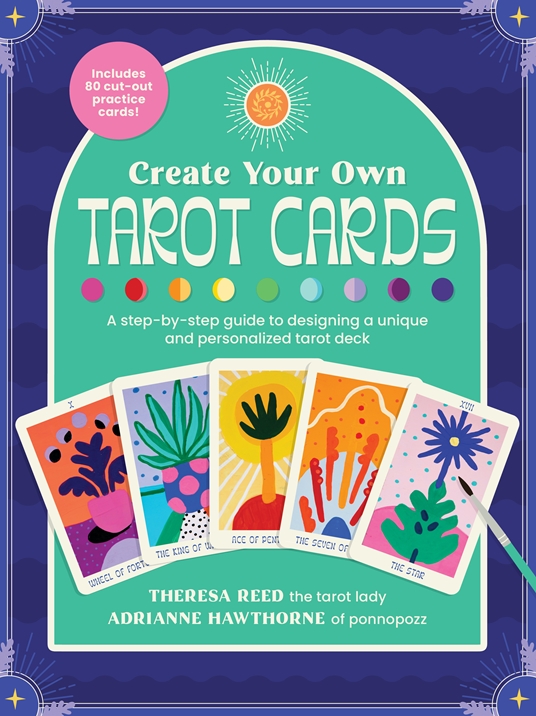
Credit: www.quarto.com
Frequently Asked Questions Of How To Design A Tarot Deck
How To Design Tarot Decks?
To design a tarot deck: 1. Set an intention and start with a concept. 2. Pick an art style and understand the cards’ meanings. 3. Get to work and remind yourself of the big picture. 4. Do a test run and use the deck to connect with its energy.
5. Enjoy the creative process and connect with others who share your vision. Designing your own tarot deck can be a powerful and rewarding experience.
Is It Safe To Make Your Own Tarot Deck?
It is safe to make your own tarot deck. Many people design their own decks with their own artwork. As long as you understand the meaning behind each card, there is nothing wrong with creating your own deck.
Can I Draw My Own Tarot Deck?
Yes, you can draw your own tarot deck. It is a massive undertaking, but if you enjoy what you’re creating, it can be a rewarding experience. Many people design new decks with their own artwork, and some even sell well.
Just make sure you understand the basic premise behind each card.
How Is A Tarot Deck Structured?
A tarot deck is structured with a set of cards that represent different meanings and symbols. Each card has its own unique image and title, such as “The Fool” or “The Empress. ” The deck is typically divided into two categories, the Major Arcana and the Minor Arcana.
The Major Arcana consists of 22 cards that depict major life events and themes, while the Minor Arcana consists of 56 cards that represent everyday situations and experiences.
Can I Create My Own Tarot Deck As A Beginner?
Absolutely! Creating your own tarot deck can be a rewarding experience, even for beginners.
Conclusion
Designing a tarot deck can be a fulfilling and artistic endeavor. By setting an intention, starting with a concept, and selecting an art style, you can create a unique deck that resonates with your vision. It is important to understand the basic premise behind each card and remind yourself to look at the big picture.
Once you have your test deck, use it to deepen your understanding of tarot. Embrace the process of learning and discovery as you embark on this creative journey of designing your own tarot deck.

